
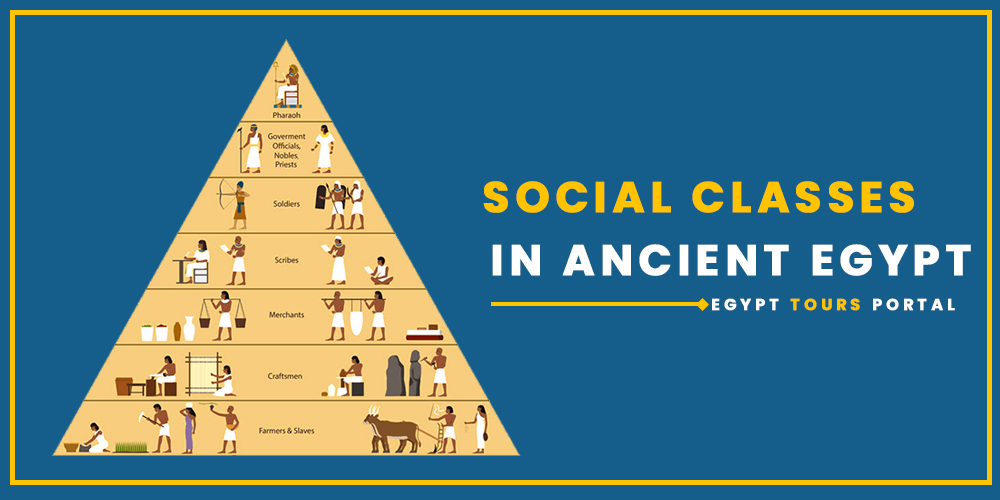 The population of Egypt was divided into social classes in the shape of social pyramids based on their profession and role in society. At the top of the pyramids were the king and queen who were the god’s chosen people and their royal family who enjoyed an unimaginable amount of status, wealth, and luxury. Second to the top, is the educated professional class like the doctors, the accountants, priests, and scribes that were believed to be chosen by the god Thoth of wisdom and knowledge. Then comes the working class like the sailors, the craftspeople, and soldiers who played a key role in providing and protecting life in Egypt. And in the lower class were the servants and the farmers that worked in the lands owned by the king, they were the ones who produced the goods that helped the entire culture to thrive and were the necessary labor force for the construction of the pyramids and other monuments of Egypt. All of the jobs and position in society was passed down from father to son.
The population of Egypt was divided into social classes in the shape of social pyramids based on their profession and role in society. At the top of the pyramids were the king and queen who were the god’s chosen people and their royal family who enjoyed an unimaginable amount of status, wealth, and luxury. Second to the top, is the educated professional class like the doctors, the accountants, priests, and scribes that were believed to be chosen by the god Thoth of wisdom and knowledge. Then comes the working class like the sailors, the craftspeople, and soldiers who played a key role in providing and protecting life in Egypt. And in the lower class were the servants and the farmers that worked in the lands owned by the king, they were the ones who produced the goods that helped the entire culture to thrive and were the necessary labor force for the construction of the pyramids and other monuments of Egypt. All of the jobs and position in society was passed down from father to son.
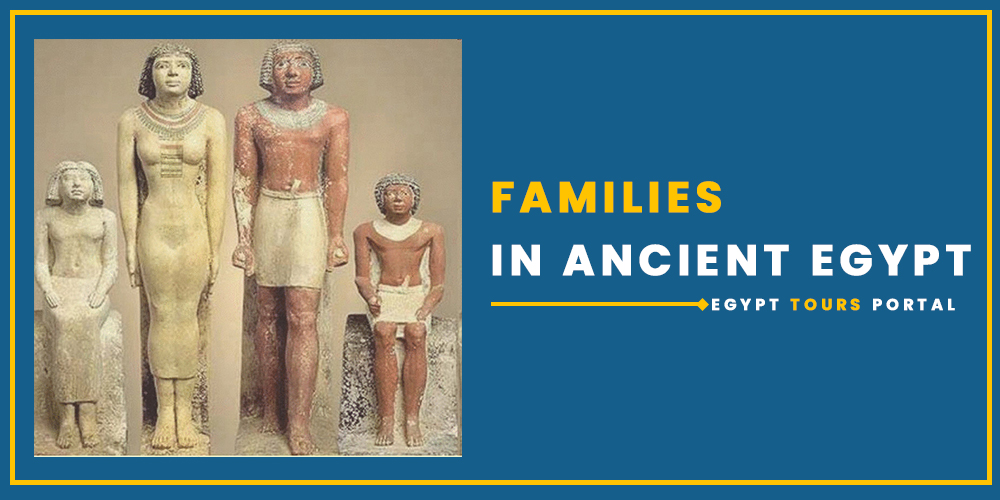 The concept of family was very important during life in ancient Egypt. Most of the marriages in Egypt were arranged by the parents; girls were usually married around the age of 12 and boys at the age of 15. Girls would stay at home and learn from their mothers, while the boys would train in the profession of their fathers and uncles. Also, most marriages were polygamous with the husband having several wives; one of the wives was considered a chief wife who was higher than the other ones. Divorce also existed in life in ancient Egypt but it was highly rare because the Egyptians were committed to the sanctity of family unity. An unmarried man was seen to be incomplete and boys were advised to marry as soon as possible. The structure of the family is very simple as the wife is the mistress of the house that looks after all the household and the husband work outside the home to earn enough money to provide for his family.
The concept of family was very important during life in ancient Egypt. Most of the marriages in Egypt were arranged by the parents; girls were usually married around the age of 12 and boys at the age of 15. Girls would stay at home and learn from their mothers, while the boys would train in the profession of their fathers and uncles. Also, most marriages were polygamous with the husband having several wives; one of the wives was considered a chief wife who was higher than the other ones. Divorce also existed in life in ancient Egypt but it was highly rare because the Egyptians were committed to the sanctity of family unity. An unmarried man was seen to be incomplete and boys were advised to marry as soon as possible. The structure of the family is very simple as the wife is the mistress of the house that looks after all the household and the husband work outside the home to earn enough money to provide for his family.
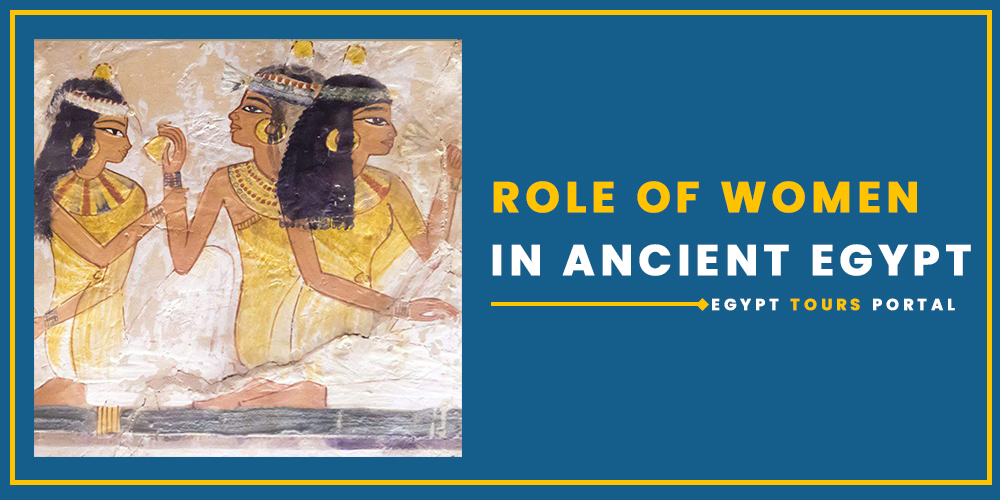 Women in life in Ancient Egypt were often treated as equal to men as they were allowed to own property, conduct business dealings just like men, even testify in court and some women were able to rule Egypt like Cleopatra, Hatshepsut, and some others. Women had the ability to obtain high-ranking jobs like administrators, supervisors, and priestesses. But their main responsibility was to be a wife, a mother, and the caretaker of the home and the children above all else.
Women in life in Ancient Egypt were often treated as equal to men as they were allowed to own property, conduct business dealings just like men, even testify in court and some women were able to rule Egypt like Cleopatra, Hatshepsut, and some others. Women had the ability to obtain high-ranking jobs like administrators, supervisors, and priestesses. But their main responsibility was to be a wife, a mother, and the caretaker of the home and the children above all else.
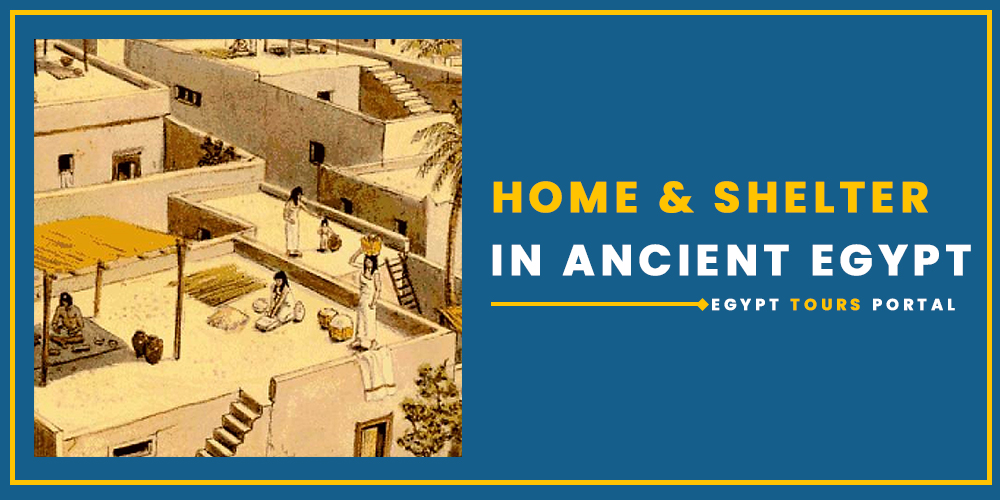 In the beginning, ancient Egyptians built their own houses, temples, and tombs out of adobe which is mud-bricks made of sun-dried mud. This material was fast and cheap and almost all the mud bricks have crumbled and dissolved. The houses were filled with decoration, amulets, and ancient religious artifacts. The houses were cool on the inside and had a flat roof, so in the summertime, people could sleep on top of them. Most of the townhomes were divided into two floors, the first floor is reserved for the reception and the top floor is reserved as private housing for the residents. Houses were built around courtyards, and all the cooking was done outside in the courtyard. All of the noblemen's houses were larger as they had three areas while the rest of the farmers lived in modest houses.
In the beginning, ancient Egyptians built their own houses, temples, and tombs out of adobe which is mud-bricks made of sun-dried mud. This material was fast and cheap and almost all the mud bricks have crumbled and dissolved. The houses were filled with decoration, amulets, and ancient religious artifacts. The houses were cool on the inside and had a flat roof, so in the summertime, people could sleep on top of them. Most of the townhomes were divided into two floors, the first floor is reserved for the reception and the top floor is reserved as private housing for the residents. Houses were built around courtyards, and all the cooking was done outside in the courtyard. All of the noblemen's houses were larger as they had three areas while the rest of the farmers lived in modest houses.
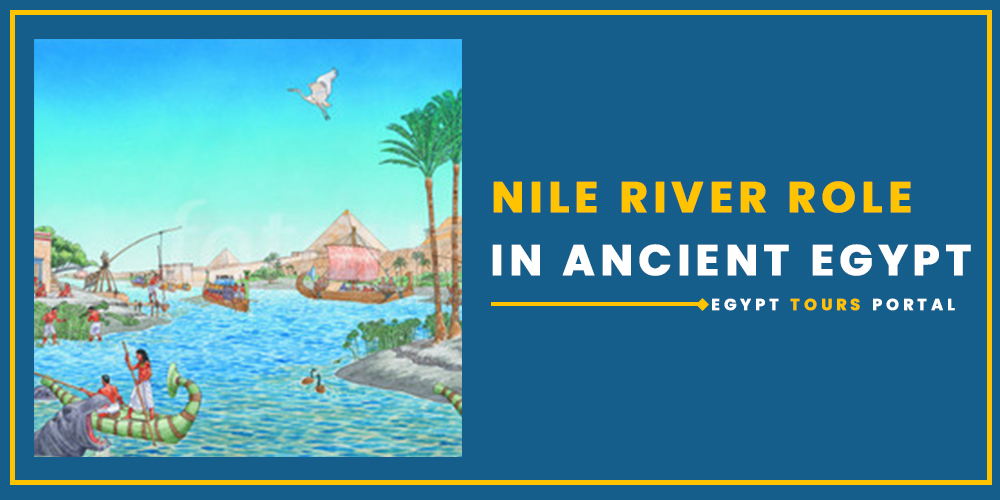 The Nile represents the bloodstream and the life force of Egypt. It was considered to be the main form of transportation for goods, materials, and people. The Nile was a line of communication between Upper and Lower Egypt and provided a very fertile land to the ancient Egyptians so they could and grow all that they needed like wheat, barley, flowers like papyrus which was turned into paper, rope, and baskets and other crops. The Nile also played an important role as a religious entity because of the public view that found it as a gift from gods like the “God Sobek” who is credited with creating the Nile. You can cruise the Nile River on board Egypt Nile cruises to witness the most famous landmarks in Egypt.
The Nile represents the bloodstream and the life force of Egypt. It was considered to be the main form of transportation for goods, materials, and people. The Nile was a line of communication between Upper and Lower Egypt and provided a very fertile land to the ancient Egyptians so they could and grow all that they needed like wheat, barley, flowers like papyrus which was turned into paper, rope, and baskets and other crops. The Nile also played an important role as a religious entity because of the public view that found it as a gift from gods like the “God Sobek” who is credited with creating the Nile. You can cruise the Nile River on board Egypt Nile cruises to witness the most famous landmarks in Egypt.
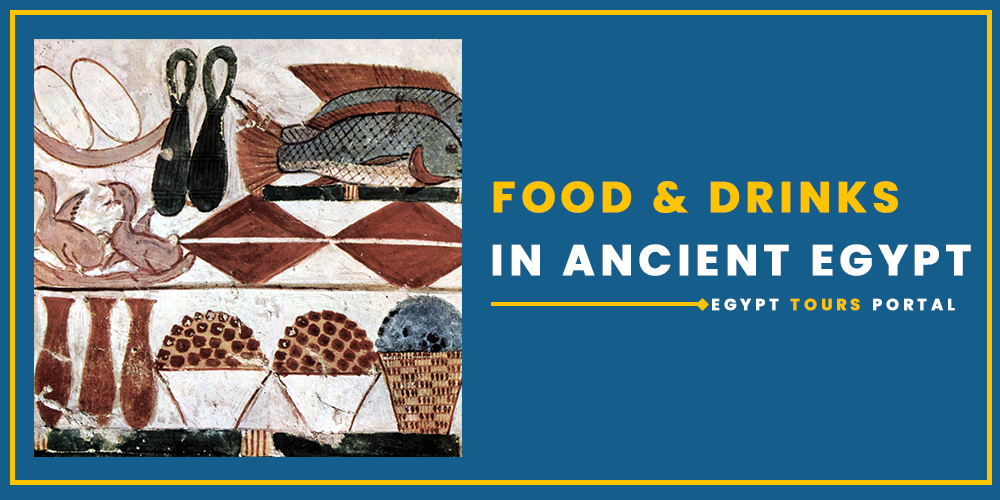 Finding food and water in life in ancient Egypt was not that hard as the soil was very fertile, the Nile was filled with nutrition water and that’s why many crops like wheat and barley were easily found. The bread was considered the source of carbohydrates and was seasoned with honey, herbs, fruits, and sesame seeds. Their diet was mainly vegetarian as they lived on a combination of wheat and vegetables, and fish acted as their main source for protein as the meat was more expensive and difficult to come by and can only be found at the house of the elite and the wealthy. A lot of the animals were ritually slaughtered and extremely hard to keep the meat fresh within the Egyptian climate. Beer was also the main drink of life in ancient Egypt and was consumed at every meal. Wine also was found at the tables of the wealthy noblemen.
Finding food and water in life in ancient Egypt was not that hard as the soil was very fertile, the Nile was filled with nutrition water and that’s why many crops like wheat and barley were easily found. The bread was considered the source of carbohydrates and was seasoned with honey, herbs, fruits, and sesame seeds. Their diet was mainly vegetarian as they lived on a combination of wheat and vegetables, and fish acted as their main source for protein as the meat was more expensive and difficult to come by and can only be found at the house of the elite and the wealthy. A lot of the animals were ritually slaughtered and extremely hard to keep the meat fresh within the Egyptian climate. Beer was also the main drink of life in ancient Egypt and was consumed at every meal. Wine also was found at the tables of the wealthy noblemen.
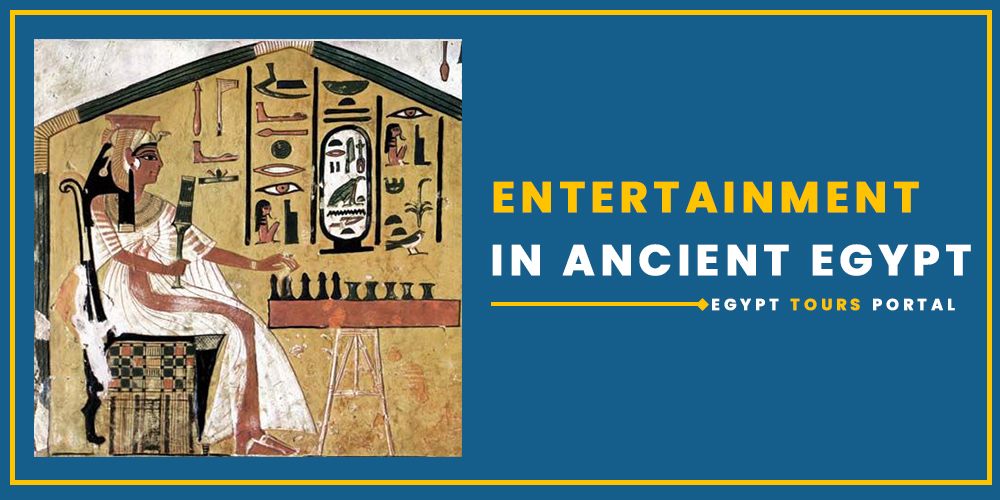 The ancient Egyptians tried to live their life to the fullest as they engaged in everything from hunting crocodiles and hippopotamuses, and playing board games like Senet and Hound & Jackals, they even made toys for children in the shapes of animals. There were also a lot of sports that included athletics in the early versions of teams such as swimming, earth hockey, handball, wrestling, rowing, archery, gymnastics, and many water sports like water jouster which was a form of sea battle played in small boats on the Nile River. The noblemen and the wealthy would throw extravagant parties filled with the finest foods and beverages. Music and dancing also were found very common in ancient Egyptian culture and were considered to be art forms.
The ancient Egyptians tried to live their life to the fullest as they engaged in everything from hunting crocodiles and hippopotamuses, and playing board games like Senet and Hound & Jackals, they even made toys for children in the shapes of animals. There were also a lot of sports that included athletics in the early versions of teams such as swimming, earth hockey, handball, wrestling, rowing, archery, gymnastics, and many water sports like water jouster which was a form of sea battle played in small boats on the Nile River. The noblemen and the wealthy would throw extravagant parties filled with the finest foods and beverages. Music and dancing also were found very common in ancient Egyptian culture and were considered to be art forms.
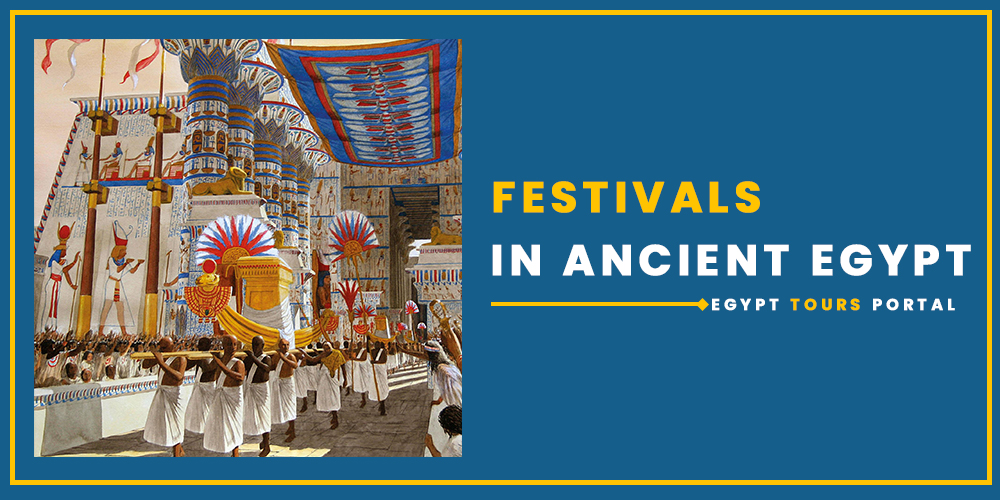 All the festivals in the life of ancient Egypt had a unique feeling depending on the nature of the events. Most of the festivals in the life of ancient Egypt had a religious nature as all the Egyptians celebrated god's birthday. The religious festivals were held in conjunction with the lunar calendar in temples like the festival of the valley in Luxor in the honor of the god Amun, the feast of Hathor at Dendera, the festival of the goddess Isis at “Busiris“, and the celebration of Bastet at “Busastis“. There were also other kinds of festivals like individual birthdays, anniversaries of the great deeds of the king, funerals, and house-wearing events. There were also other festivals that had a unique religious nature like the “WepetRenpet” which marked the beginning of the year in July at the annual Nile flooding, “The Sea Festival” was held in the third reign of the pharaoh’s reign to celebrate his kingship and “The Festival of Khoiak” which honored Osiris death and revival. The Egyptians would indulge themselves in every kind of entertainment in these festivals despite the fact that self-indulgence wasn’t appropriate at every gathering. You can read more also about festivals and public holidays in Egypt these days.
All the festivals in the life of ancient Egypt had a unique feeling depending on the nature of the events. Most of the festivals in the life of ancient Egypt had a religious nature as all the Egyptians celebrated god's birthday. The religious festivals were held in conjunction with the lunar calendar in temples like the festival of the valley in Luxor in the honor of the god Amun, the feast of Hathor at Dendera, the festival of the goddess Isis at “Busiris“, and the celebration of Bastet at “Busastis“. There were also other kinds of festivals like individual birthdays, anniversaries of the great deeds of the king, funerals, and house-wearing events. There were also other festivals that had a unique religious nature like the “WepetRenpet” which marked the beginning of the year in July at the annual Nile flooding, “The Sea Festival” was held in the third reign of the pharaoh’s reign to celebrate his kingship and “The Festival of Khoiak” which honored Osiris death and revival. The Egyptians would indulge themselves in every kind of entertainment in these festivals despite the fact that self-indulgence wasn’t appropriate at every gathering. You can read more also about festivals and public holidays in Egypt these days.
 The ancient Egyptians wore clothes made from linen, which is a light and cool fabric woven from cotton. Both men and women wore the same material in the shape of linen kilts. Most women dressed in plain sleeved dresses. Servants and lower-class women are often shown wearing a kilt while the royal and the noblewomen are shown wearing fitted dresses from the shoulder to the ankles and the noblemen are seen in skirts and blouses. All the little children in ancient Egypt didn’t wear clothes until the age of ten. All of the social classes went barefoot to imitate the gods who didn’t need footwear. But when someone was on a long journey or a place where they would hurt or injure their feet, they would wear sandals. The lower class would wear cheap sandals made of woven rushes while the nobles and the rich would wear expansive sandals made of leather or painted wood. Men, women, and children wore cosmetics like Kohl which was considered to be the most popular type of makeup that helped protect the ancient Egyptians from the sun. The ancient Egyptians like the lower class wore jewelry like rings, pierced ears, necklaces, and amulets while the higher and wealthier class wore jewelry made of gold, silver, and electrum for both fashion and religious purposes.
The ancient Egyptians wore clothes made from linen, which is a light and cool fabric woven from cotton. Both men and women wore the same material in the shape of linen kilts. Most women dressed in plain sleeved dresses. Servants and lower-class women are often shown wearing a kilt while the royal and the noblewomen are shown wearing fitted dresses from the shoulder to the ankles and the noblemen are seen in skirts and blouses. All the little children in ancient Egypt didn’t wear clothes until the age of ten. All of the social classes went barefoot to imitate the gods who didn’t need footwear. But when someone was on a long journey or a place where they would hurt or injure their feet, they would wear sandals. The lower class would wear cheap sandals made of woven rushes while the nobles and the rich would wear expansive sandals made of leather or painted wood. Men, women, and children wore cosmetics like Kohl which was considered to be the most popular type of makeup that helped protect the ancient Egyptians from the sun. The ancient Egyptians like the lower class wore jewelry like rings, pierced ears, necklaces, and amulets while the higher and wealthier class wore jewelry made of gold, silver, and electrum for both fashion and religious purposes.
 The ancient Egyptian medical condition was heavily affected by the religious atmosphere. They used a combination of scientific techniques like observation and diagnosis plus magical rituals such as spells and charms. All of Egypt’s doctors began their training as scribes as they needed to read medical texts to figure out the right cures. Most diseases were thought to inflict by the gods as a form of punishment for committing a certain sin and that’s why they believed that supernatural presence was responsible. In order to do their job, they had to read and study a lot of religious literature works on surgery, the setting of broken bones, dentistry, and the treatment of various illnesses. The ancient Egyptians gained a great deal of knowledge in the field of anatomy due to the practice of removing the human organs and understanding the afflictions and the remedies of the human body. They cared deeply about their dental hygiene as they developed toothpaste made of eggshells, ox hooves, and ashes, and the toothbrush to keep their teeth healthy and clean of sand and grit, they also invented breath mints to cover their bad morning aroma. They also were very civilized as they took extra care of their hygiene, they would cleanse themselves in the river or a bath at home daily. They didn’t have soap but they used a cleansing cream made of oil, lime, and perfume instead.
The ancient Egyptian medical condition was heavily affected by the religious atmosphere. They used a combination of scientific techniques like observation and diagnosis plus magical rituals such as spells and charms. All of Egypt’s doctors began their training as scribes as they needed to read medical texts to figure out the right cures. Most diseases were thought to inflict by the gods as a form of punishment for committing a certain sin and that’s why they believed that supernatural presence was responsible. In order to do their job, they had to read and study a lot of religious literature works on surgery, the setting of broken bones, dentistry, and the treatment of various illnesses. The ancient Egyptians gained a great deal of knowledge in the field of anatomy due to the practice of removing the human organs and understanding the afflictions and the remedies of the human body. They cared deeply about their dental hygiene as they developed toothpaste made of eggshells, ox hooves, and ashes, and the toothbrush to keep their teeth healthy and clean of sand and grit, they also invented breath mints to cover their bad morning aroma. They also were very civilized as they took extra care of their hygiene, they would cleanse themselves in the river or a bath at home daily. They didn’t have soap but they used a cleansing cream made of oil, lime, and perfume instead.
 Ancient Egyptian mythology had thousands of deities over the centuries. Their religion was polytheistic as every town and village had its own god or goddess. Every deity or religion had its own temple, rituals, ceremonies, and other special practices that had a powerful influence on their life. They believed in life after death as the body was preserved in a lifelike form through the mummification process. They confused magic with science and believed it’s only in the power of gods to create or destroy. They had many myths that explained the way of the world and beyond like the creation of the universe, and the afterlife. Most of our information comes from the book of the dead as it was written throughout Egypt’s history and contained text, hymns, formulas, incantations, and magical words to help the dead arrive safely to the underworld to be judged and explain the origin of the gods.
Ancient Egyptian mythology had thousands of deities over the centuries. Their religion was polytheistic as every town and village had its own god or goddess. Every deity or religion had its own temple, rituals, ceremonies, and other special practices that had a powerful influence on their life. They believed in life after death as the body was preserved in a lifelike form through the mummification process. They confused magic with science and believed it’s only in the power of gods to create or destroy. They had many myths that explained the way of the world and beyond like the creation of the universe, and the afterlife. Most of our information comes from the book of the dead as it was written throughout Egypt’s history and contained text, hymns, formulas, incantations, and magical words to help the dead arrive safely to the underworld to be judged and explain the origin of the gods.
 The ancient Egyptians were natural-born explorers and inventors. They made the earliest inventions that we still use today. They were the first to create a writing system in the form of hieroglyphics which was drawing portraying a story, they used it to keep accurate records of their lives, discoveries, and religious dogma. They also developed a sheet on paper called papyrus which they personally created and black ink which they used in writing and painting which came in various colors. The ancient Egyptians used the knowledge of astronomy to develop the lunar calendar based on the cycles of the moon and the star Sirius, which we still use to track the days until today. They were the first people to divide days into equal parts 12 months, 356 days, 24 hours units through timekeeping devices like obelisks, shadow clocks, water clocks, and sundials. The position of the sun determined the passing of the days and the passing of the night was determined by the rise and fall of the stars. Their observation of the sun, the night sky, and the stars affected their religion and way of life. The ancient Egyptians had a talent for geometry and math as they used it to accurately build pyramids, temples, and other buildings as well as for record-keeping and business transactions. They also created the ox-drawn plow and an irrigation system using hydraulic engineering principles in order to improve their agriculture. They also worked on developing the best ships through their knowledge of aerodynamics.
The ancient Egyptians were natural-born explorers and inventors. They made the earliest inventions that we still use today. They were the first to create a writing system in the form of hieroglyphics which was drawing portraying a story, they used it to keep accurate records of their lives, discoveries, and religious dogma. They also developed a sheet on paper called papyrus which they personally created and black ink which they used in writing and painting which came in various colors. The ancient Egyptians used the knowledge of astronomy to develop the lunar calendar based on the cycles of the moon and the star Sirius, which we still use to track the days until today. They were the first people to divide days into equal parts 12 months, 356 days, 24 hours units through timekeeping devices like obelisks, shadow clocks, water clocks, and sundials. The position of the sun determined the passing of the days and the passing of the night was determined by the rise and fall of the stars. Their observation of the sun, the night sky, and the stars affected their religion and way of life. The ancient Egyptians had a talent for geometry and math as they used it to accurately build pyramids, temples, and other buildings as well as for record-keeping and business transactions. They also created the ox-drawn plow and an irrigation system using hydraulic engineering principles in order to improve their agriculture. They also worked on developing the best ships through their knowledge of aerodynamics.
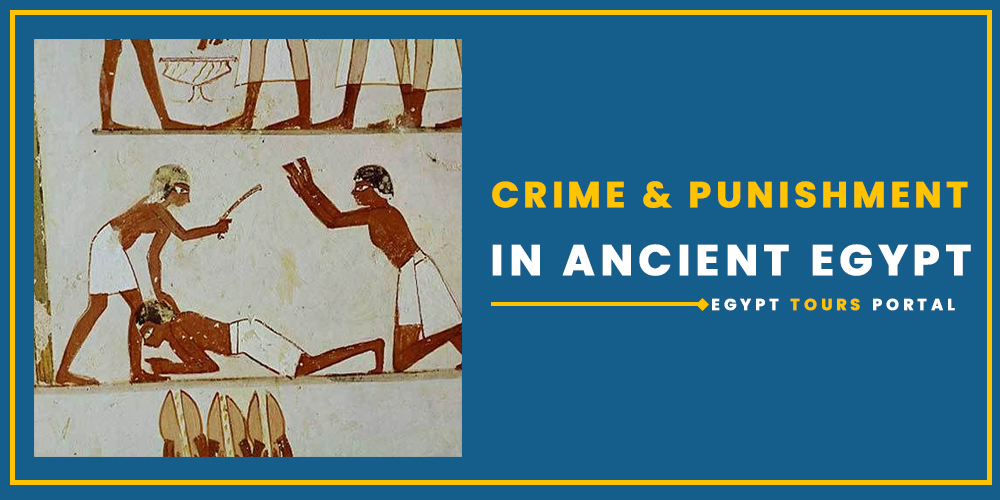 The ancient Egyptian society was a law-abiding community; Egyptian law was swift for anyone who chooses to break it. Overseeing Justice and judgment were the responsibility of the vizier, the king’s right hand, and second in command. The local court or “Kenbet” was made up of community leaders who would hear the cases and decide who’s guilty and who’s innocent. The court could be even held in the marketplace or on the street and there was also an administrative building called the judgment hall which existed in every city. In the new kingdom, there were no lawyers or appeals, the priests of Amun were the ones who decided the verdict as the people trusted them to give a just hearing and to make the right judgment. Minor offenses were fined but major crimes like rape, assault, murder, or tomb robbing were punished by mutilation, incarceration, forced labor, or even death in some cases. All the convicted felons were used for manual labor in Karnak and were held in the great prison in Thebes. It was also known that the guilty will face a far worse fate in the afterlife.
The ancient Egyptian society was a law-abiding community; Egyptian law was swift for anyone who chooses to break it. Overseeing Justice and judgment were the responsibility of the vizier, the king’s right hand, and second in command. The local court or “Kenbet” was made up of community leaders who would hear the cases and decide who’s guilty and who’s innocent. The court could be even held in the marketplace or on the street and there was also an administrative building called the judgment hall which existed in every city. In the new kingdom, there were no lawyers or appeals, the priests of Amun were the ones who decided the verdict as the people trusted them to give a just hearing and to make the right judgment. Minor offenses were fined but major crimes like rape, assault, murder, or tomb robbing were punished by mutilation, incarceration, forced labor, or even death in some cases. All the convicted felons were used for manual labor in Karnak and were held in the great prison in Thebes. It was also known that the guilty will face a far worse fate in the afterlife.
After reading this article, you can pretty tell how the ancient Egyptian were very civilized and way ahead of their time. They elevated their daily life and looked for means to improve them for thousands of years. So you can discover more about the ancient Egyptians during your trip to Egypt, by checking our breathtaking Egypt tour packages and Nile river cruises.
Private 4 Days Cairo Tour Packages for South African Travelers 4 days Cairo Egypt To...
Tour Location: Cairo – Giza...
5 Days Cairo and Alexandria Tour Package For South African Travelers 5 days Cairo an...
Tour Location: Cairo/Giza/Alexandria...
6 Days Cairo, Luxor & Aswan Tour Package For South African Travelers 6 days Cair...
Tour Location: Cairo/Giza/Aswan/Luxor...
Amazing 7 Days Cairo and Hurghada Holiday for South African Travelers 7 Days Cairo &...
Tour Location: Cairo – Giza – Hurgh...









